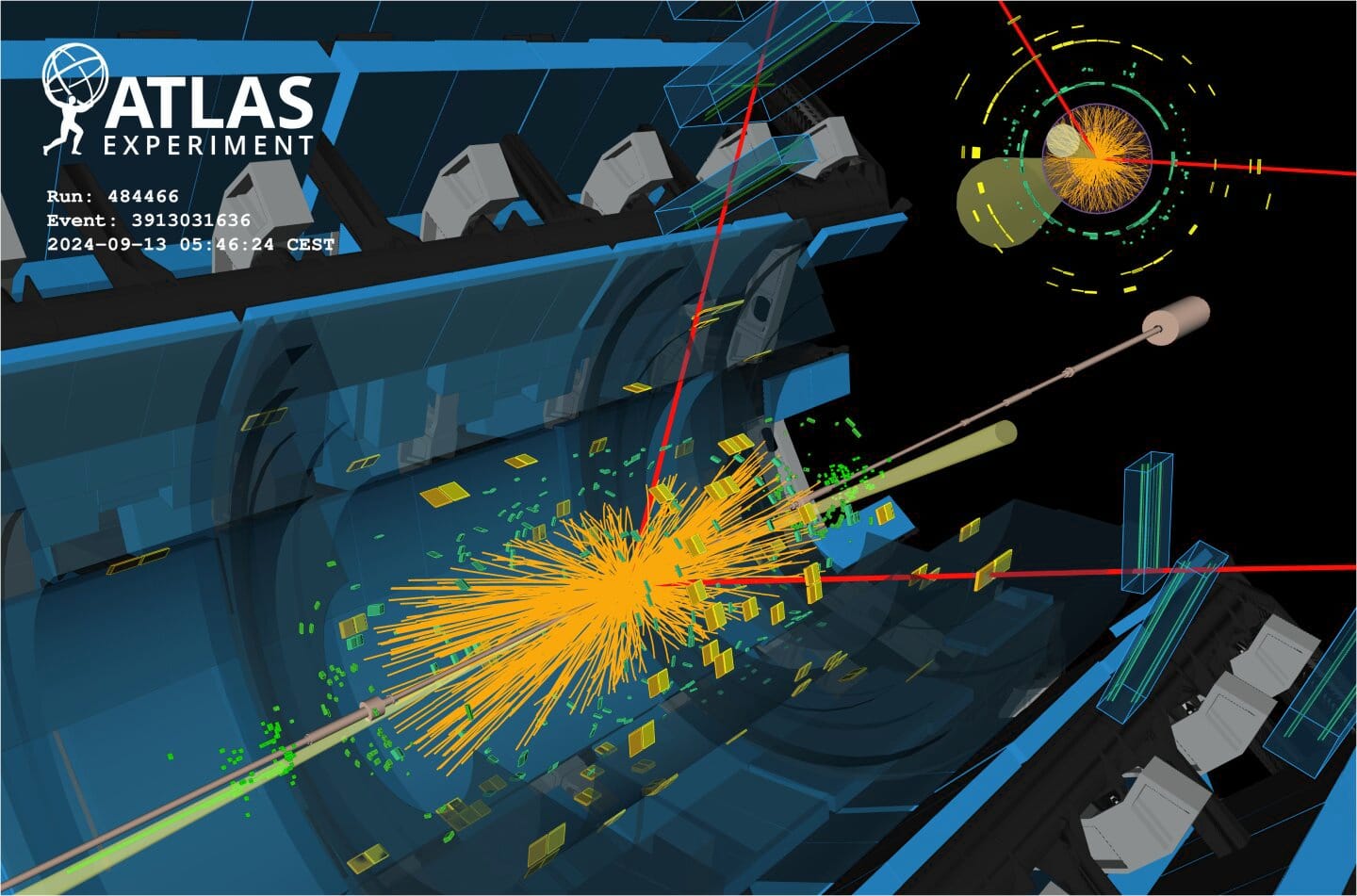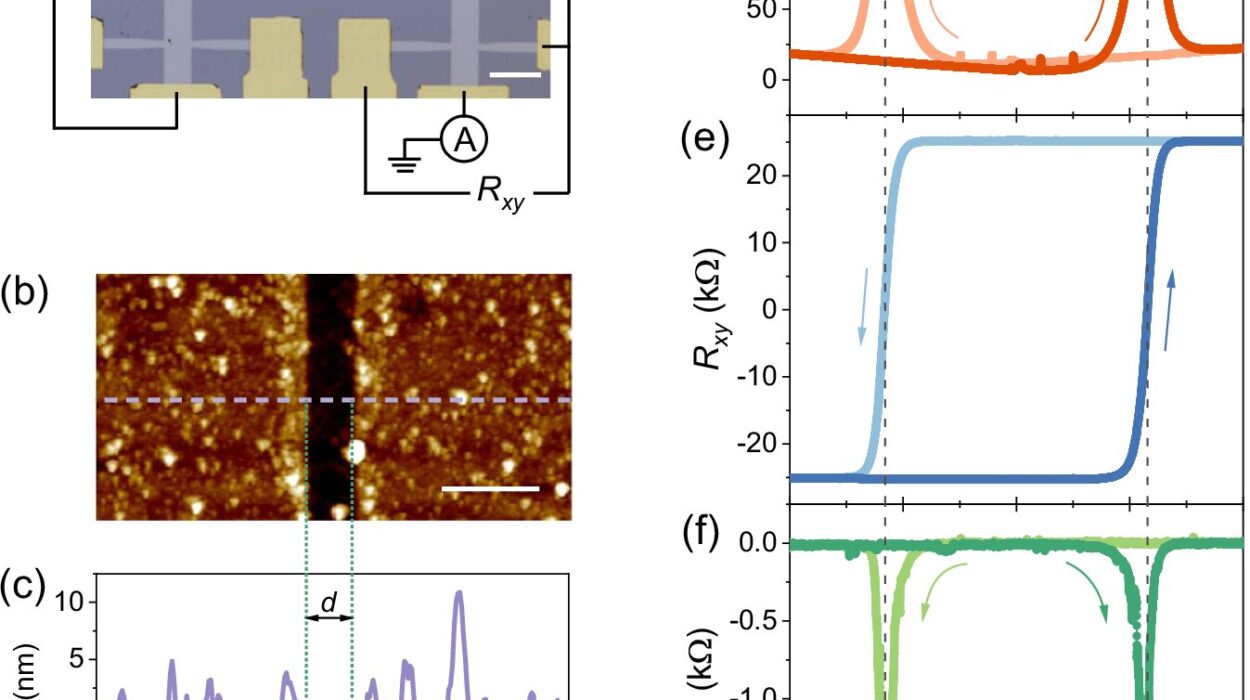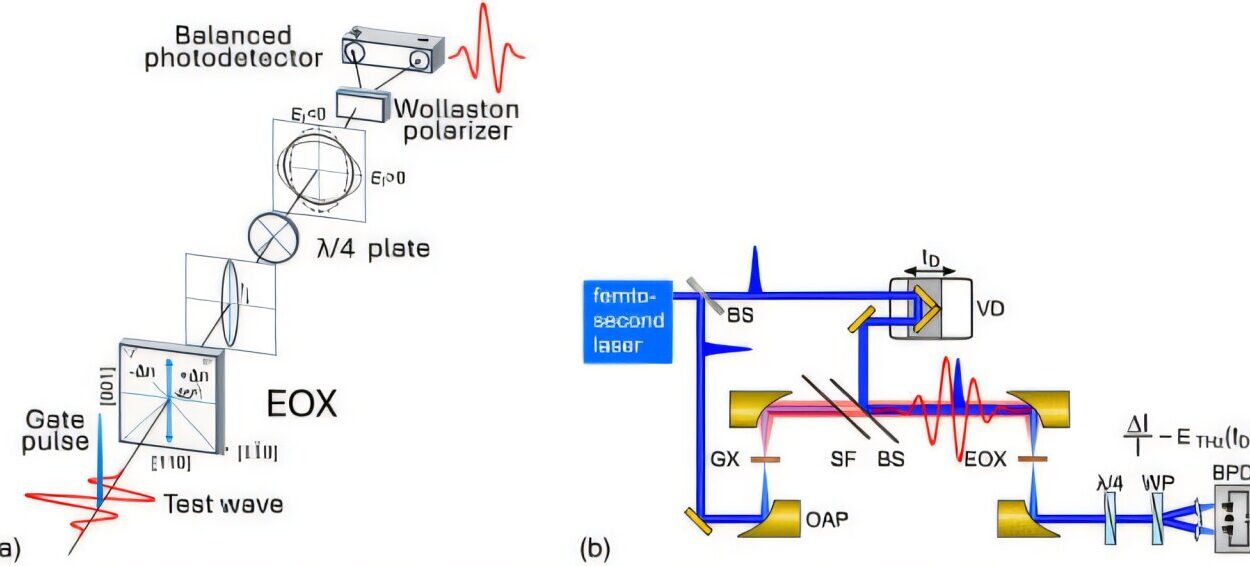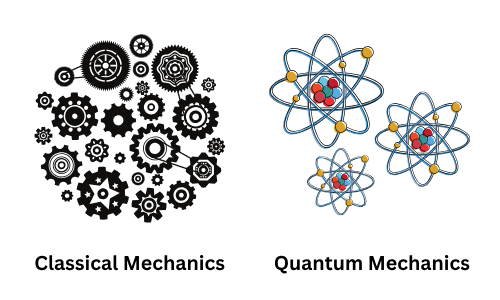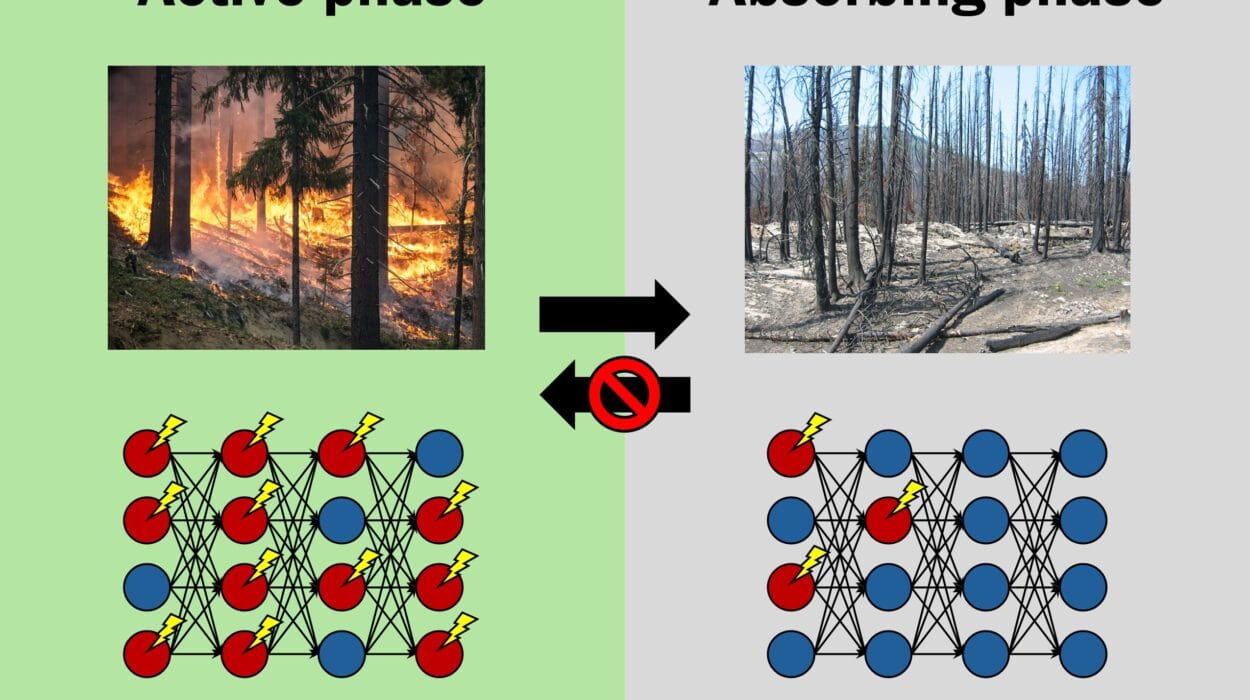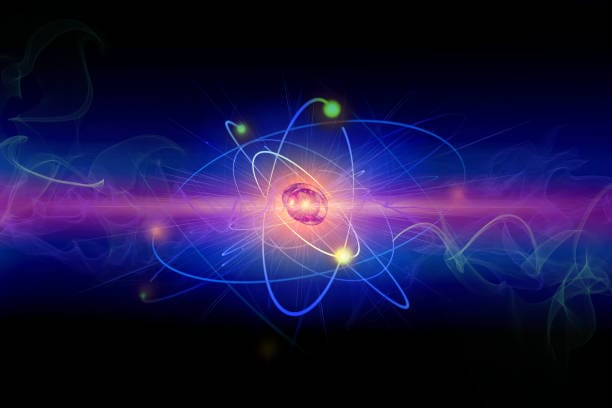Under the soft summer light of Marseille, France, a ripple of quiet excitement spread through the halls of the 2025 European Physical Society Conference on High Energy Physics (EPS-HEP). Here, where the universe’s smallest secrets take center stage, physicists unveiled tantalizing glimpses into one of the cosmos’s most mysterious characters: the Higgs boson.
The ATLAS experiment—a towering scientific endeavor nestled deep beneath the Franco-Swiss border at CERN’s Large Hadron Collider (LHC)—has revealed new evidence of rare Higgs boson decays, hinting that this so-called “God particle” might still hold secrets waiting to rewrite the textbooks of physics.
Listening for the Higgs Whisper: A Muon Clue
More than a decade ago, the Higgs boson stepped into the scientific spotlight, confirming how fundamental particles acquire mass. Yet, like any celebrity, it’s kept some secrets close. One of those secrets involves how it interacts with the lighter members of the particle family—the so-called “second-generation fermions,” such as muons.
Muons are heavier cousins of the humble electron, flitting through detectors with ghostlike persistence. Spotting the Higgs transforming into a pair of muons (H→μμ) is like glimpsing a firefly in a field of stadium floodlights. The process happens in just one out of every 5,000 Higgs decays—a needle in an immense haystack.
But finding it matters. “This decay allows us to probe how the Higgs interacts with lighter particles,” explains Dr. Elena Rossi, an ATLAS physicist not directly involved in the analysis. “Understanding this could help answer why different particles have such vastly different masses.”
In the latest results, ATLAS combined data from the first three years of LHC Run 3 with their entire trove of Run 2 collisions. The result? A subtle but undeniable peak where two muons add up to the Higgs boson’s mass of 125 billion electron volts (GeV). The statistical significance of this signal has now climbed to 3.4 standard deviations. That might sound arcane, but it translates into less than a one-in-3,000 chance that the result is a random fluke.
For the world of particle physics, it’s a solid nudge closer to confirmation. While physicists usually wait for a “five-sigma” result to claim a discovery, the evidence is piling up. ATLAS’s measurement complements hints seen by their sister experiment CMS, further solidifying the picture.
Decays Through the Looking Glass: Hunting Higgs → Zγ
But the Higgs isn’t merely whispering about muons. It’s also hinting at something even more exotic: a rare decay into a Z boson and a photon (H→Zγ). This is no ordinary transformation—it’s a journey through the quantum looking glass.
Unlike more straightforward decays, H→Zγ unfolds via a quantum loop: a fleeting dance of “virtual particles” flaring into existence for a breath before vanishing again. It’s the subatomic equivalent of passing through a secret tunnel. And if unknown particles beyond the Standard Model exist, they might leave subtle fingerprints in this loop.
Physicists crave these fingerprints because they could reveal new realms of physics—dark matter, hidden forces, or entirely new particles waiting to be discovered.
Yet catching H→Zγ in action is infuriatingly difficult. The Z boson only decays into electron or muon pairs about six percent of the time, and photons are easily faked by ordinary particle jets exploding out of high-energy collisions.
Despite the challenges, ATLAS’s new analysis sharpened the picture. By combining Run 2 and Run 3 data, they reported an excess of events consistent with H→Zγ at 2.5 standard deviations, a modest decrease from the 3.4 sigma hint seen in an earlier combined ATLAS and CMS study. Still, the analysis achieved the highest expected sensitivity yet for measuring how often the Higgs morphs into this peculiar combination.
A Technological Triumph Beneath the Earth
Behind these results lies a monumental engineering feat. The LHC smashes protons together at nearly the speed of light, recreating conditions last seen a fraction of a second after the Big Bang. Amid this furious subatomic storm, ATLAS—a detector the size of a multi-story building—records the debris with exquisite precision.
Even so, rare Higgs decays remain like soft whispers in a roaring crowd. To hear them, scientists used clever new methods. They refined how they separate signal from background noise, developed better models for the messy tangle of other particle processes, and sorted events according to how the Higgs was produced—whether by colliding gluons, merging vector bosons, or other mechanisms.
These innovations helped elevate tiny signals above the statistical noise, transforming invisible quantum events into measurable data.
A Glimpse Toward the Unknown
The Higgs boson remains a paradoxical figure in physics: discovered, yet still a stranger. It confirmed the mechanism giving particles mass, but its true nature—and whether it holds keys to deeper mysteries—remains one of science’s most electrifying questions.
“Every rare decay we see is a new chance to test the Standard Model and look for cracks where new physics might appear,” says Dr. Rossi. “We’re not just ticking boxes. We’re searching for surprises.”
With more data pouring in from the LHC’s ongoing Run 3 and future high-luminosity upgrades, physicists hope to push the boundaries further. Could the Higgs harbor secrets tied to dark matter? Or to forces and particles we’ve yet to dream of?
For now, the latest evidence from ATLAS is a thrilling reminder that even more than a decade after its discovery, the Higgs boson still has secrets to share—and that the universe is far from done telling its story.
